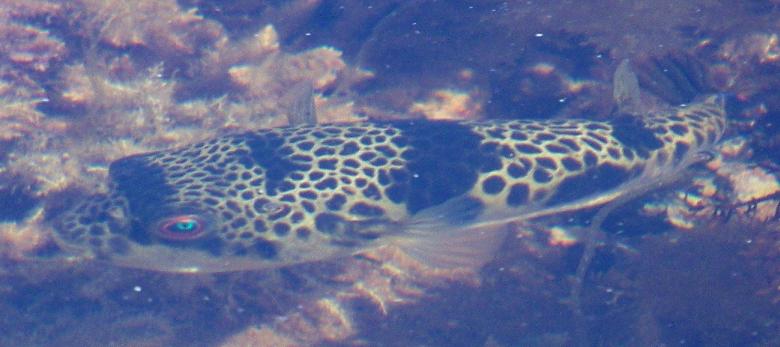
A marine heatwave has hit the Mediterranean, including the Ionian and Aegean seas, posing a threat to the entire marine ecosystem, experts have warned.
The marine heatwave is leading to a proliferation of invasive fish species and jellyfish. As the sea warms and becomes saltier because of human-induced global heating, fish from tropical latitudes are finding a more welcoming habitat in an area that, at least nominally, is temperate rather than tropical.
“This huge marine heatwave began in May in the Ligurian sea” between Corsica and Italy, said Karina von Schuckmann, an oceanographer at the non-profit research group Mercator Ocean International.
It then spread to the Gulf of Taranto in the Ionian Sea, she said.
“The surface temperature anomaly map shows higher than normal values, in the order of +4 to +5C from the east of the Balearic Islands to the east of Corsica,” Mercator said in a statement.
While humans might find the warmer water temperatures pleasant in the tourist hotspots of the western Mediterranean, the group warned that “ocean warming impacts the entire ecosystem.”
Athens University professor of oceanography Serafim Poulos said that a marine heatwave is defined as a period of five or more days when the surface temperature of the sea is above the thirty-year average, which usually means anything between 2C to 5C above normal.
“Waters are much warmer in areas experiencing a marine heatwave and this favors the movement of species that are accustomed to higher temperatures, while also pushing out fish that cannot tolerate or feel uncomfortable in them,” he said speaking at state broadcaster ERT on Tuesday.
“The impact of marine heatwaves comes on top of climate change, which has already heated Greece’s seas by 2 degrees Celsius,” he warned.
Marine heatwave in the Mediterranean attracts invasive fish
Commenting on the issue of invasive species like the purple stinging jellyfish that have been making increasing appearances all over Greece since the start of the summer, Poulos said that experts estimate there are already around eight hundred non-native species invading Greek waters.
The most common of these are the lionfish and the silver-cheeked toadfish, both of which are highly toxic and pose a danger to other fish, but also to humans.
Lionfish, a species of ray-finned fish which are native to the region of the western Indo-Pacific, have been recently spotted in the Aegean.
Scientists say that the fish, which can grow up to 35 cm (14 inches) in length, has venomous fins. The dorsal fin has thirteen long, stiff spines and nine to eleven soft rays, and the anal fin has three long spines and six to seven soft rays.
The toadfish are extremely poisonous if eaten because they contain tetrodotoxin in their ovaries, and, to a lesser extent, in their skin, muscles, and liver. This substance serves to protect the species from voracious predators.
See all the latest news from Greece and the world at Greekreporter.com. Contact our newsroom to report an update or send your story, photos and videos. Follow GR on Google News and subscribe here to our daily email!



